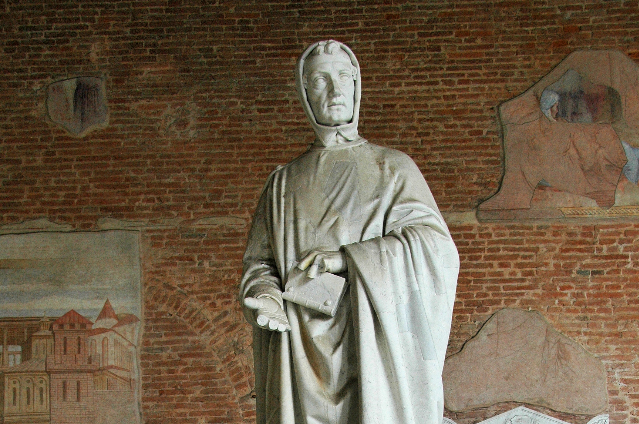
"If by chance I have omitted anything more or less or less proper or necessary I beg forgiveness since there is no one who is without fault and circumspect in all matters". - Leonardo Fibonacci ( 1170 - 1250 )
Fibonacci Day is celebrated on November 23rd, this day celebrates Fibonacci numbers and honors the man behind its creation, Leonardo Fibonacci.
This day honors Fibonacci who is also known as Leonardo of Pisa and Leonardo Fibonacci, Leonardo Bonacci who invented a pattern of counting to influence math and technology today. The pattern is made up of numbers that sum the previous two numbers before them - 1, 1, 2, 3, 5, 8, 13 - and so on.
Fibonacci Day or National Fibonacci Day is annually celebrated to mark the importance of Fibonacci numbers in math and it also offers a tribute to Fibonacci for creating them.
Presently, this sequence is very much used in computing, stock trading, and architecture and design. Thus, it becomes important for our world and it deserves to be celebrated.
History of the Fibonacci Day:

Image by Wikipedia
This day celebrates the man who introduced Fibonacci numbers. However, he was not the first to think of this sequence, but he was the first to bring it to the European world and developed awareness about it in the development of science.
Born to an Italian merchant, the young Leonardo traveled to North Africa, where he was exposed to the Hindu-Arabic numeral system. In 1202, Fibonacci published 'Liber Abaci' and introduced Europe to the Hindu-Arabic system.
He advocated the use of these numerals, explained the use of zero, and provided ways to convert between currencies. The sequence came from a rabbit puzzle about the rabbit population.
Significance:
Today, November 23rd is celebrated as Fibonacci Day because the date is written in mm/dd format ( 11/23 ), and the digits on the date form a Fibonacci sequence: 1,1,2,3.
These numbers are closely related to Lucas numbers which obey the same recurrence relation.
One of the best things about the Fibonacci sequence is that the series is evident all over the natural world. Petal arrangements in flowers, the ordering of leaves in plants, the shell of the nautilus, the DNA molecule, and even hurricanes show patterns that correspond to sequences. And because of so much prevalence, this sequence also has a tendency to be repeated by humans so it is found in various forms of art and architecture. It can be seen in buildings, paintings, sculptures, and so on. In fact, the beauty of a human face is based on Golden Ratio whose nth power forms the nth Fibonacci number.
The day gives us an opportunity to marvel at the way math pervades everything around us. The sequence can be used to calculate the proportion of countless things on Earth and beyond.
Celebrating Fibonacci Day is best done by studying and researching the Fibonacci sequence. There's so much about the Fibonacci sequence that leads to fascinating discoveries and even just reading about it is pure joy. Learning how to create a Fibonacci sequence is pure joy. Use this opportunity to get out in nature and find where a Fibonacci sequence is applied. Some of the prime examples of nature where you can observe the Fibonacci sequence are snail shells, flower petals, giant sunflowers, pineapples, etc. This occasion can be used to teach children about the elegance of math and the importance of learning it to use in real life. Thus, we must try, to educate and spread much more awareness about this day and Fibonacci numbers in general.
. . .
References:
- nationaltoday.com
- www.merazone.com
- www.daysoftheyear.com
